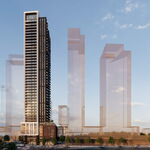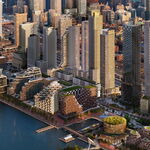raptor
Senior Member
I'm also glad they are doing this outside of IO, hopefully this will move fairly fast.
Perhaps there's a monetary threshold that splits project between IO/Metrolinx.
Perhaps there's a monetary threshold that splits project between IO/Metrolinx.








